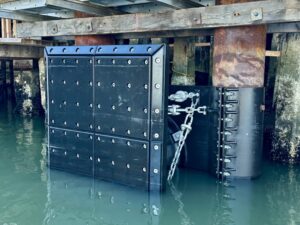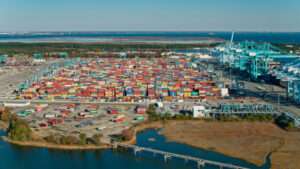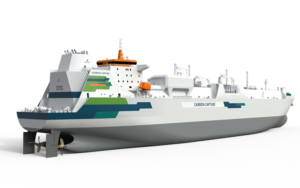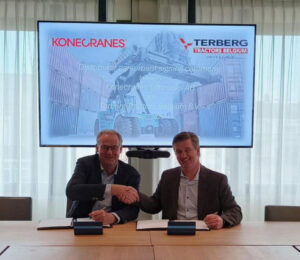The World Economic Forum has released this video on China's new silk route, commonly referred to as ‘One Belt One Road’ (OBOR).
The route has been in the news a lot lately as the first ever UK to China export train departed on April 10, 2017, three months after the first container train travelling between China and the UK arrived in London.
But what does it mean, what are its consequences and what does it mean for the European ports system?
The OBOR acronym hides a mysterious conceptual subtlety that intellectuals and policy-makers have only started to grapple with.
Olaf Merk, Administrator Ports and Shipping International Transport Forum, stated in his China’s One Belt One Road technical paper that OBOR is unique in two ways as it will bring more choice and more Chinese control of global supply chains.
Merk said: “It will have important consequences for the whole world, including for Europe and it requires critical policy choices.
“The global transport model has, for a long time, been very clear: air is fast but expensive, sea is slow but cheap.
“So, only high value added and highly time sensitive goods are transported by air, the rest by sea.
“There were always some options in between, such as rail and combined airsea transport, but these options were fairly marginal for goods transport between continents.
“The OBOR initiative will change this model radically. Rail will become a real option for long-range freight transport.”








